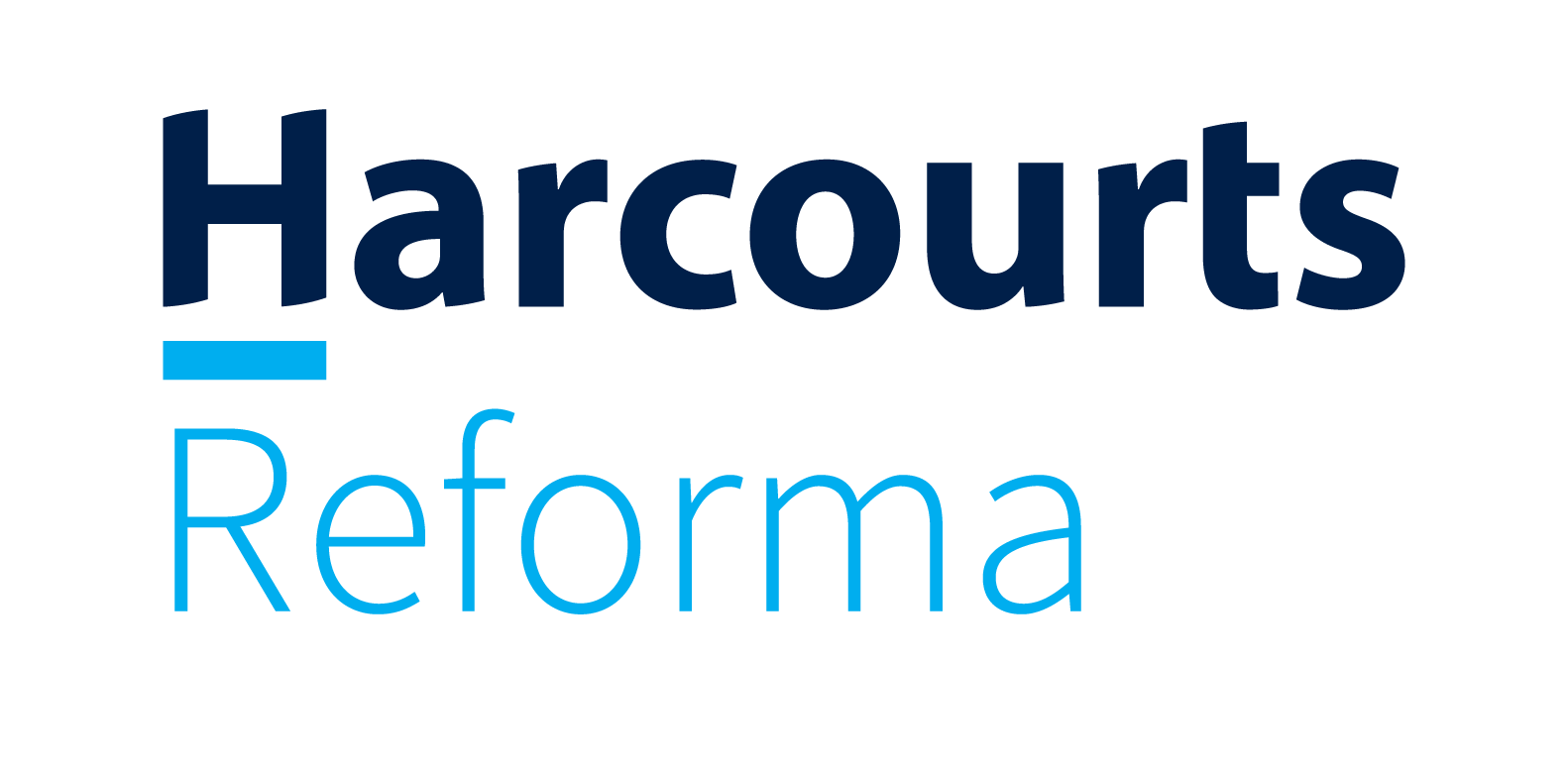At this time of the year, thoughts start turning to the next year. Although I might save the specific ‘outlook for 2023’ view for the property market as a whole until November or December, it’s pretty clear that (at least) three key issues will remain vital for property investors over the next 12-18 months.
Lending/regulatory environment
In terms of finance availability, banks continue to have a cautious attitude, with low deposit (high LVR) investor loans pretty much impossible to secure unless buying a new-build. There are also signs that the availability of loans with a large debt-to-income (DTI) ratio has also been reined in. It’s hard to see too many changes to these settings in the near term, but if anything, towards the end of 2023, we may still see the Reserve Bank introduce formal caps on DTI ratios while at the same time loosening LVRs a little. This may not help investors much, given that LVRs don’t tend to be as big a hurdle for them as attitudes towards total debt burdens.
Meanwhile, mortgage rates, of course, are always a key consideration – and after the latest 7.2% Q3 inflation surprise (and a potential official cash rate peak of 5%), a typical one-year ‘special’ fixed rate now looks headed towards 7% or above. This will further squeeze operating margins in a world where gross rental yields are low.
And finally, continue to watch regulations. Interest deductibility looms large here, and tax bills have already started to creep upwards for existing landlords. At this stage, it appears that National may lead the next Government, but uncertainty is high, and there’s no guarantee that they would repeal Labour’s property tax changes anyway.
Rental growth
Another aspect for investors to keep a close eye on is the wider trend for market rents. After a period where rental growth has been strong, the balance now seems to be tipping back towards tenants, and rents have slowed lately. A return to modestly positive net migration flows next year would help. However, it still seems likely that rental growth in the next little while will revert closer to normal (approx. 3% annually) rather than the above-average rates we’ve seen post-COVID.
New-builds
Related to both the points above, property investors should also be keeping a close watch on the new-build sector, given that they have tax advantages (as well as more favourable LVR treatment) and that some developers will be keen to shift finished stock to free up cashflow, maybe at a discount. To a large extent, this is already happening – our figures show that mortgaged investors nationally have accounted for 31% of new-build purchases in 2022, up from 25% two years ago. Auckland has shifted from 26% to 30%, Canterbury from 25% to 37%, and Otago from 25% to 27%.
Admittedly, it’s never as simple as focusing on just three issues. For example, falling prices are also important to track at present. When could an investor potentially start to see value again – is close enough to the trough good enough, or does it have to be perfect at the bottom? Ultimately, we only know the trough for certain after it’s passed. However, there’s still a reasonable likelihood that prices will stop falling next year, provided that unemployment stays low.

Kelvin Davidson
Kelvin Davidson is the Chief Economist of CoreLogic New Zealand.
















Add Comment